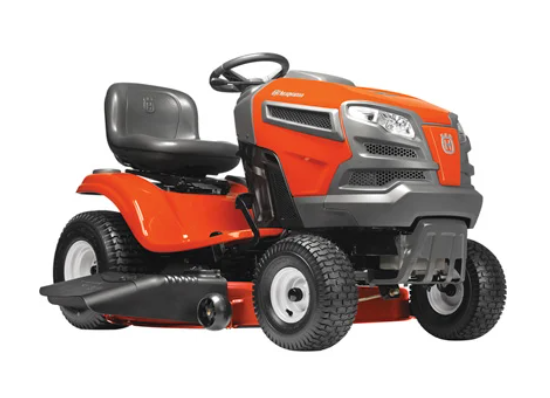Introduction:
Maintaining your small engine spark plugs is vital for optimal performance and longevity. Regular inspection and replacement ensure a smooth start and efficient operation. Let’s delve deeper into the step-by-step process and troubleshooting tips for checking and replacing spark plugs in lawn mowers and small engines.
When to Check & Replace Spark Plugs:
Annual checks, as outlined in the Operator’s Manual, are essential for preventive maintenance. Additionally, if your equipment struggles to start, it may indicate a faulty spark plug.
How to Tell if a Spark Plug is Bad:
- Disconnect the Spark Plug Lead: Begin by ensuring safety. Disconnect the lead and clean the area around the plug to prevent debris from entering the combustion chamber.
- Remove the Spark Plug: Utilize a spark plug socket for easy removal.
- Inspect the Spark Plug: Carefully examine the plug for stubborn deposits, cracked porcelain, or burned electrodes. If any of these issues are present, it’s time for a replacement.
- Check the Spark Plug Gap: Ensure the gap meets specifications and adjust if necessary.
- Replace the Plug: If the spark plug appears to be in working order, replace it. Be cautious not to over-tighten (15 ft. lbs. MAXIMUM) during installation. Reattach the spark plug lead securely.
Troubleshooting Tips:
- If the engine briefly turns over and then dies, there’s likely spark. The issue may lie in other areas like fuel, carburetor, or valves.
- If the engine doesn’t turn over at all, consider starting with a spark plug replacement. Refer to FAQs for troubleshooting ignition system problems.
Cleaning Fouled Spark Plugs:
- Use a wire brush or a spray-on plug cleaner designed for ignition components.
- NEVER use a shot blaster or abrasives, as this can damage the plug.
Changing Spark Plugs:
- Find the Right Spark Plug(s) & Adjust Gap Settings: Ensure compatibility and set the gap according to specifications.
- Disconnect the Plug Lead: Clean the surrounding area and remove the old spark plug using a spark plug socket.
- Replace with a New Plug: Install the new spark plug, taking care not to over-tighten (15 ft. lbs. / 180 in. lbs. / 20.3 Nm). Securely reattach the spark plug lead.
Comprehensive Maintenance:
Consider a Briggs & Stratton® small engine tune-up kit for thorough maintenance. These kits include spark plugs, oil filters, air filters, and specific fluids for your engine. Performing pre-season tune-ups and end-of-season storage maintenance is essential for prolonged engine life.
Additional Assistance:
Explore tips for troubleshooting lawn mower engine problems and consult the full list of Frequently Asked Questions on Repairing Small Engines.
By following these steps and incorporating regular checks into your small engine maintenance routine, you ensure reliable performance and extend the life of your equipment.
Disclaimer – Advertisement
I highly recommend Property Management Rochester MN for their outstanding property management. As a snow removal company in rochester Mn, I found their professionalism and dedication exceptional.
JW crafted a customized management plan, addressing every aspect of property ownership with attention to detail and a proactive approach. Communication was clear and efficient, keeping me informed about property performance and tenant relations.


